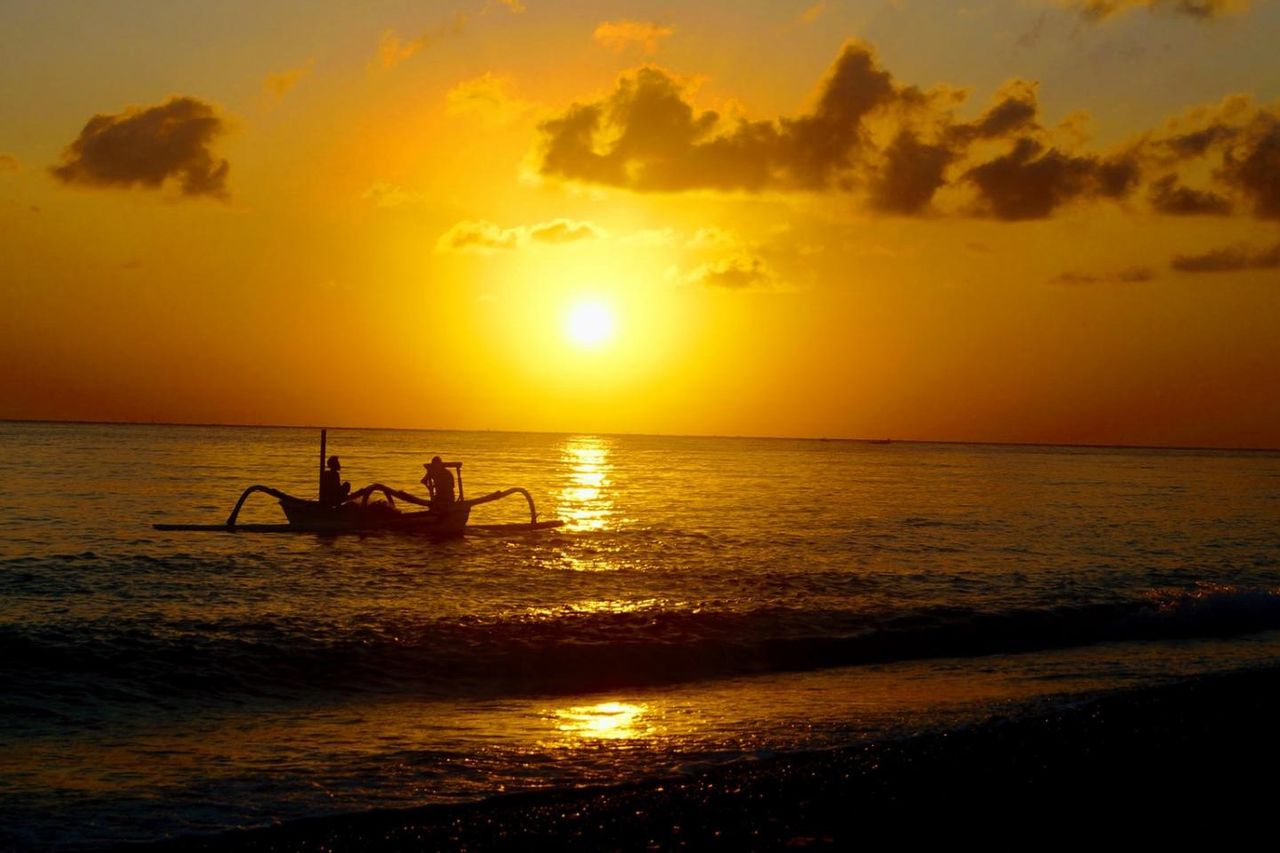So Far, It Is About China's Suspicion Of Spying On The Indonesian Sea Using Underwater Drones

JAKARTA - For the umpteenth time, Indonesian fishermen have reported findings of underwater drones or gliders. This finding is thought to be related to a glider belonging to China that was previously found by fishermen around the waters of Selayar Island. Foreign media have highlighted these findings. Most of them call this incident a secret Chinese mission in Indonesian waters.
The Guardian, in its Espionage rubric, details previously that a Chinese-made glider was also found by fishermen in Tanjung Pinang in March 2019. Furthermore, the finding occurred in Masalembo in January 2020.
The location of this discovery occurred in four of the nine important shipping routes in the world that pass through Indonesia. These points and routes are known as Choke Points, which include the Malacca Strait, Sunda Strait, Lombok Strait and Makassar Strait.
About the glidersGliders are not the same as the drones we know so far. At first glance, the glider is shaped like a rocket, equipped with fins on either side. At the end, the glider has an electronic data recording sensor. While the tail has an antenna that functions to transmit data to the satellite which works when it comes to the surface.
The glider moves in a vertical direction, using a hydraulic system, generally an oil pump that can adjust the air space so that it is able to float and sink. The battery is used as a source of energy when the glider sends data to the satellite.

This is different from drones whose movements are supported by batteries. When floating, the glider transmits data in the form of position, institu parameters - such as current direction and velocity, temperature, salinity, pressure, oxygen content, to visibility within a certain depth level.
The data is sent to the receiving satellite. With its gravitational force, the glider sinks slowly recording the profile data to the desired depth. Then the glider moves upward until it comes to the surface. Again the glider emits recorded data and so on.
With dry battery power, the glider can last up to two years. From a technological aspect, gliders are not a difficult technology. Unfortunately in Indonesia not many engineers are interested in developing this technology.
Importance of dataThe development of spy satellite technology has achieved very high resolutions. Almost all objects on the surface of the earth can be seen with very clear images in a matter of centimeters and their movements are in seconds.
However, this does not apply to underwater objects which are limited by the ability of sunlight to penetrate depths. This is the reason why underwater object detection still survives using acoustic communication, including the submarine navigation system.
A communication system in which electromagnetic waves cannot work because of the strong absorption factor of water molecules in the first layer. Marine animals, such as whales and dolphins, have had the most success using this communication system.
Deep wavesSelayar and Masalembo waters, where gliders are found geographically are very close to the Makassar Strait. This strait is one of the seawater of the Indonesian archipelago which many ships pass through from various countries.
In oceanographic studies, this strait is also the main route of water mass transport from the Pacific Ocean to the Indian Ocean, known as the Indonesian Cross Flow. This can be imagined as a large river carrying an interoceanic mass of water.
Approximately to the northwest of Makassar, there is a sea ridge known as Dewakang. The existence of this 600-700 m deep sea ridge is a barrier to the movement of water masses originating from the Pacific Ocean to the Flores Sea.
Tidal waves affect the intensity of the water mass mixing process in this water area. This place is also the meeting point of the Pacific Ocean water masses - which have a saltier character - with the brighter water masses of the Java Sea.
This mixing process is so dynamic and creates a complex mixing pattern. Even a number of ship accidents that have occurred in the Masalembu Triangle Region are often associated with this theory.
What is happening at the southern tip of the Makassar Strait is a challenge for submarine navigation systems. Almost all subsurface communication systems use acoustic waves, including submarines.
Unfortunately, this communication system is very sensitive to changes in the density of sea water. In physics, the density of seawater depends on pressure, temperature and salinity.
Acoustic waves that are the mainstay of detection and navigation systems during this dive in sea water can be deflected within a few meters when the density of sea water changes rapidly. Some areas cannot even be detected by sonar which is known as the shadow zone.
This zone can even be moved between locations, depending on the atmospheric conditions above it. It is this information that the glider is most looking for, the place where the sub can take cover from the enemy's sonar or the area to prepare for an attack.
The changing depth of the shadow zone is of course information to determine the submarine combat maneuver strategy. The gliders found in Selayar and Masalembo waters are an initial indication that information gathering activities are taking place in Indonesia's oceans.
Submarines are widely known for their superiority in launching surprise attacks. No other defense equipment has yet replaced this role. A war strategist also places submarines in the highest order of weight in calculating a country's defense strength.
If this continues to happen, it could be that other important straits that serve as the routes for ALKI and also the Indonesian Cross Flow such as the Lombok Strait and the Ombai Strait will also become the destination spots for these illegal gliders. The reason that makes sense considering this important strait is also often passed by the fleet of rival warships.
